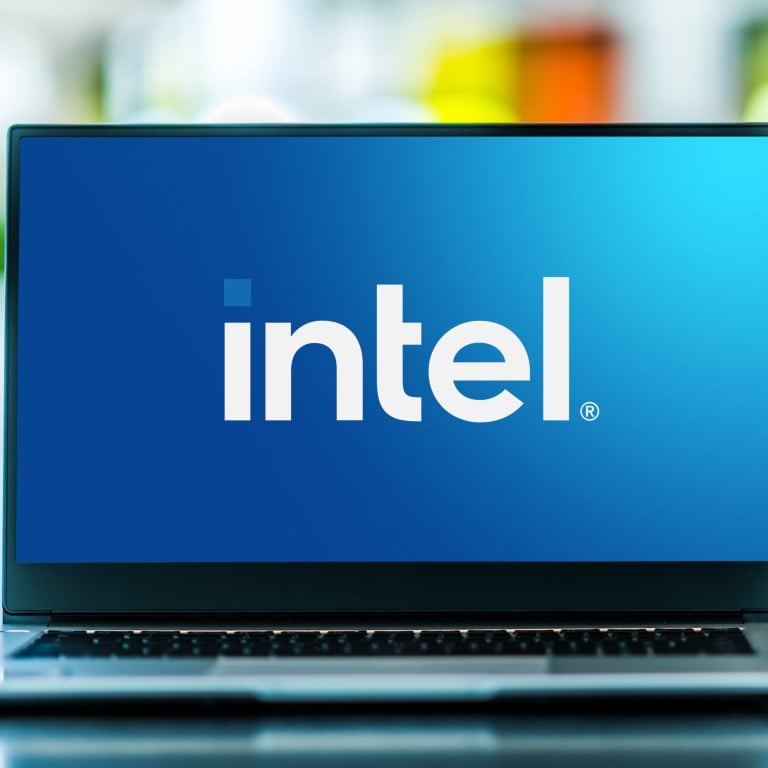
Semiconductor giant Intel said to plan lay-offs affecting thousands of employees to cut costs, cope with PC market slowdown
- The lay-offs are expected to be announced around the same time as Intel’s third-quarter earnings report on October 27
- The US semiconductor manufacturer had 113,700 employees as of July
The lay-offs will be announced as early as this month, with the company expected to make the move around the same time as its third-quarter earnings report on October 27, said the people, who asked not to be identified because the deliberations are private. The US chip maker had 113,700 employees as of July.
Some divisions, including Intel’s sales and marketing group, could see cuts affecting about 20 per cent of staff, according to the people.
Intel is facing a steep decline in demand for PC processors, its main business, and has struggled to win back market share lost to rivals like Advanced Micro Devices (AMD). In July, Intel warned that 2022 sales would be about US$11 billion lower than it previously expected.
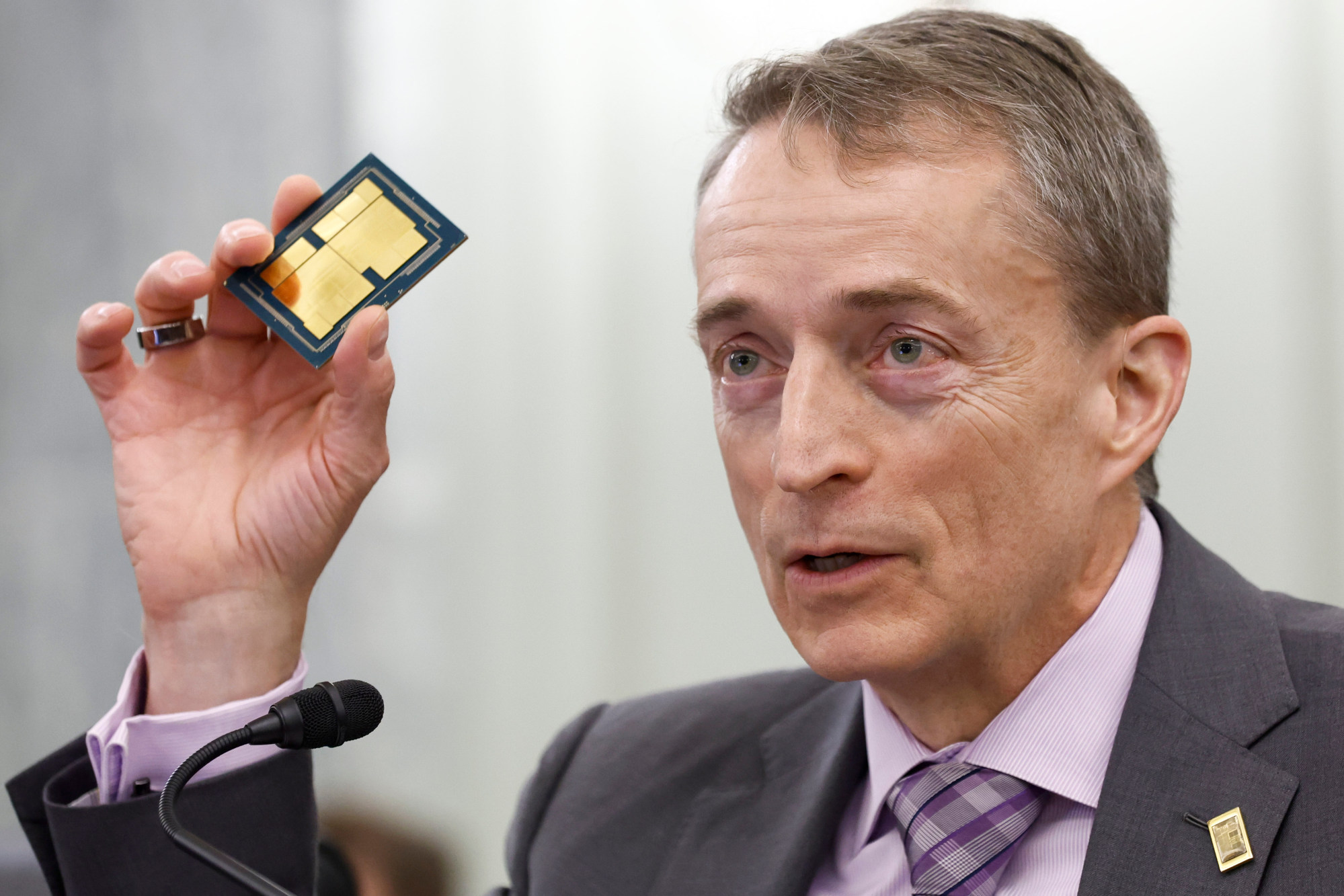
Analysts are predicting Intel to post a third-quarter revenue drop of roughly 15 per cent. And the firm’s once-enviable margins have shrivelled: they are about 15 percentage points narrower than historical numbers of around 60 per cent.
During its second-quarter earnings call, Intel acknowledged that it could make changes to improve profits.
“We are also lowering core expenses in calendar year 2022 and will look to take additional actions in the second half of the year,” Intel chief executive Pat Gelsinger said at the time.
Intel, based in Santa Clara, California, declined to comment on the lay-offs.
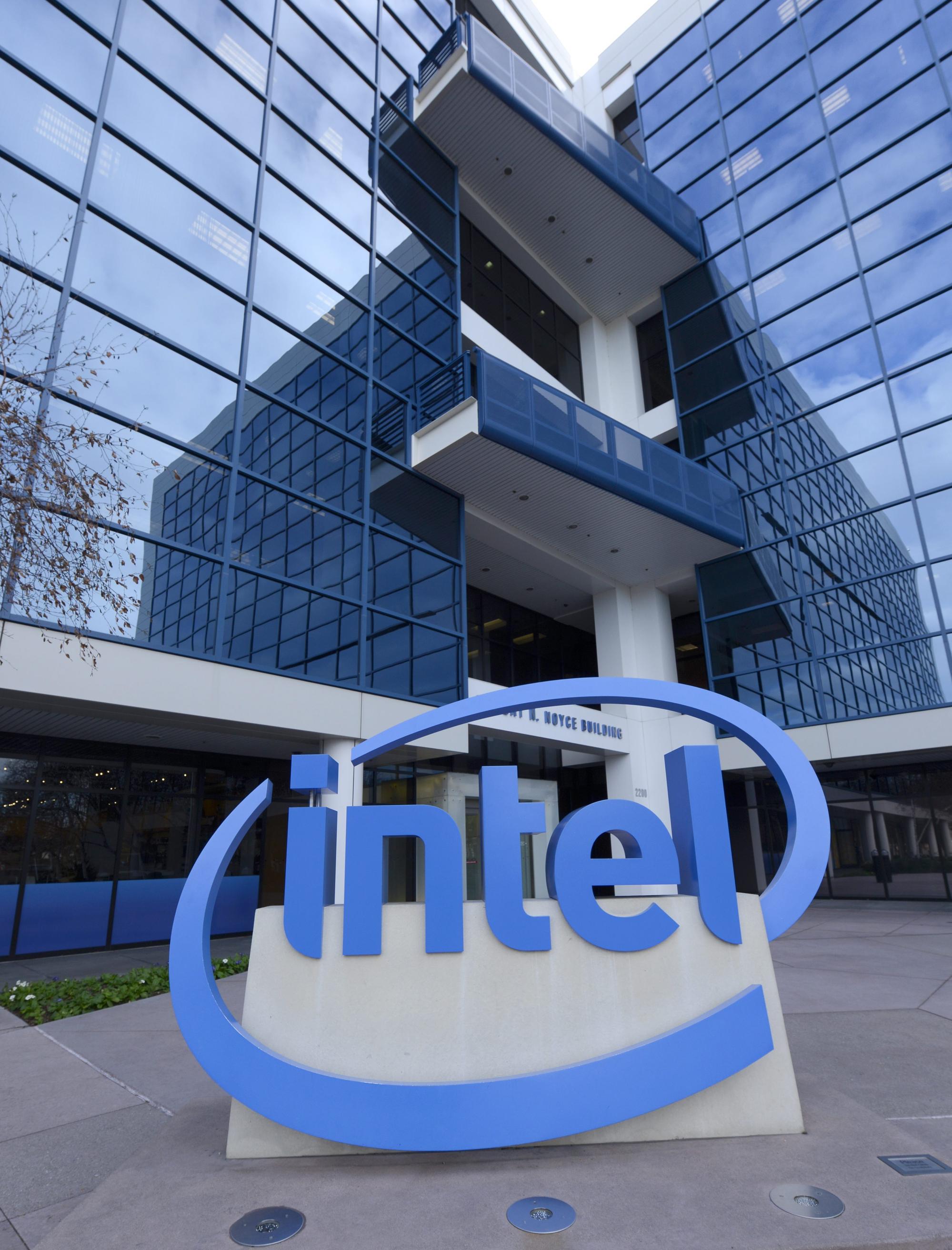
The last big wave of lay-offs at Intel occurred in 2016, when it trimmed about 12,000 jobs, or 11 per cent of its total. The company has made smaller cuts since then and closed several divisions, including its cellular modem and drone units.
Like many companies in the technology industry, Intel also froze hiring earlier this year, when market conditions soured and fears of a recession grew.
The latest cutbacks are likely meant to reduce Intel’s fixed costs, possibly by about 10 per cent to 15 per cent, Bloomberg Intelligence analyst Mandeep Singh said in a research note. He estimates that those costs range from at least US$25 billion to US$30 billion.
Gelsinger took the helm at Intel last year and has been working to restore the company’s reputation as a Silicon Valley legend. But even before the PC slump, it was an uphill fight. Intel lost its long-held technological edge, and its own executives acknowledge that the company’s culture of innovation withered in recent years.
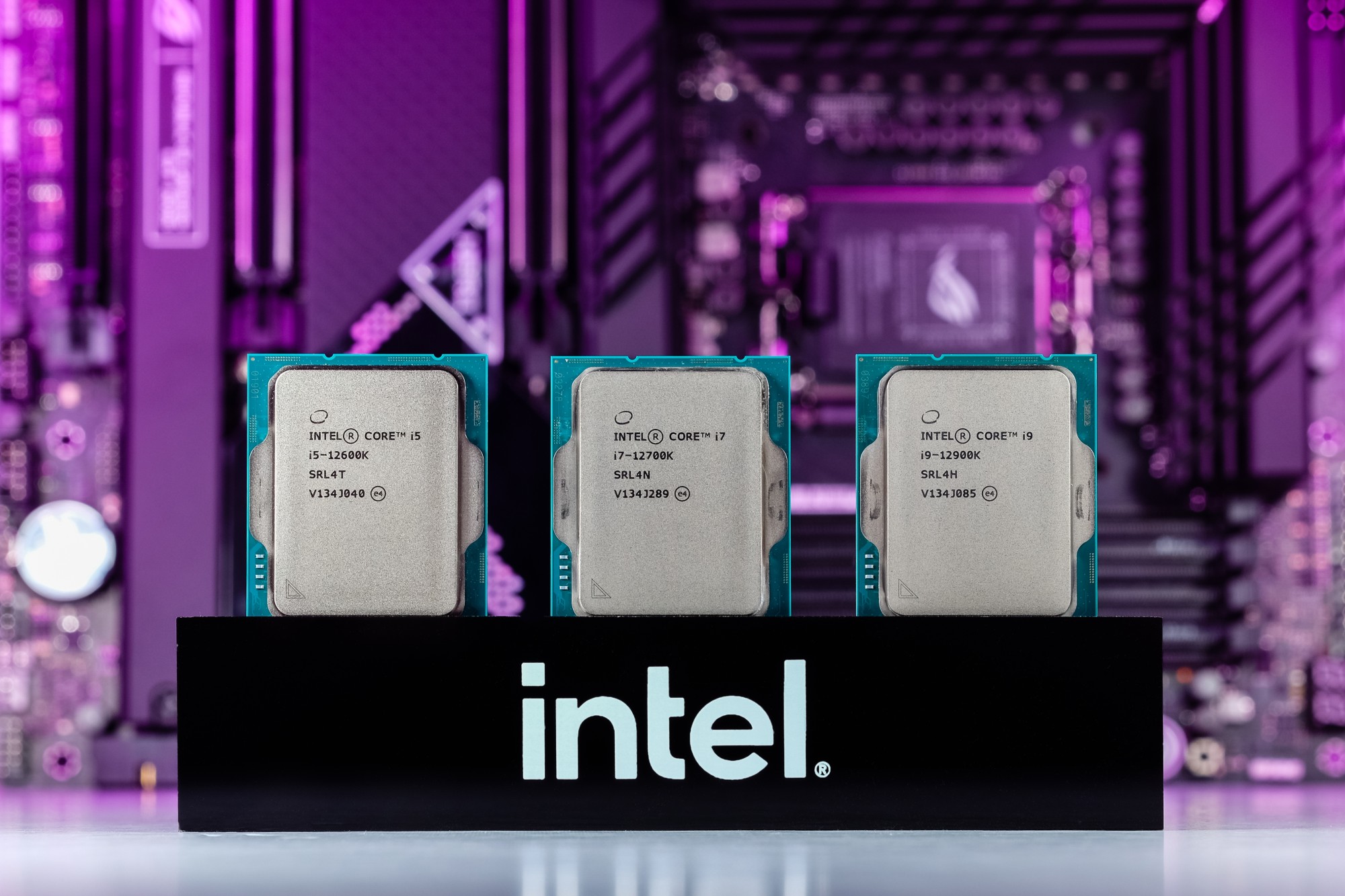
Intel, Brookfield to invest up to US$30 billion in Arizona chip factories
At the same time, Intel is under intense pressure from investors to shore up its profits. The company’s shares have fallen more than 50 per cent in 2022, with a 20 per cent plunge occurring in the last month alone.
The company’s shares slipped 0.6 per cent to US$25.04 in New York on Tuesday.
That news sent shares of chip makers tumbling anew, with Intel falling 5.4 per cent on the same day.
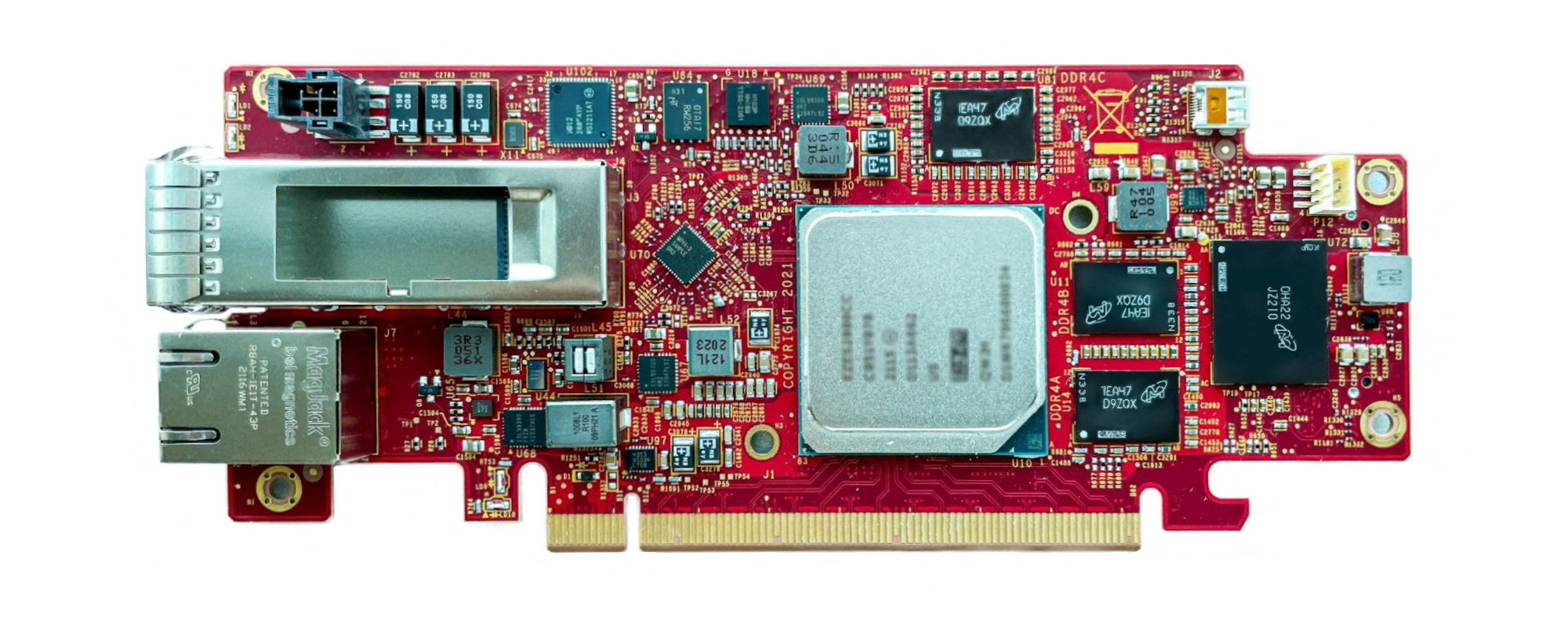
Intel is now looking to pursue those goals as a leaner company.
David Zinsner, Intel’s chief financial officer, said after the company’s latest quarterly report that “there are large opportunities for Intel to improve and deliver maximum output per dollar”. The chip maker is expected to see restructuring charges in the third quarter, he said, signalling that cuts were looming.

